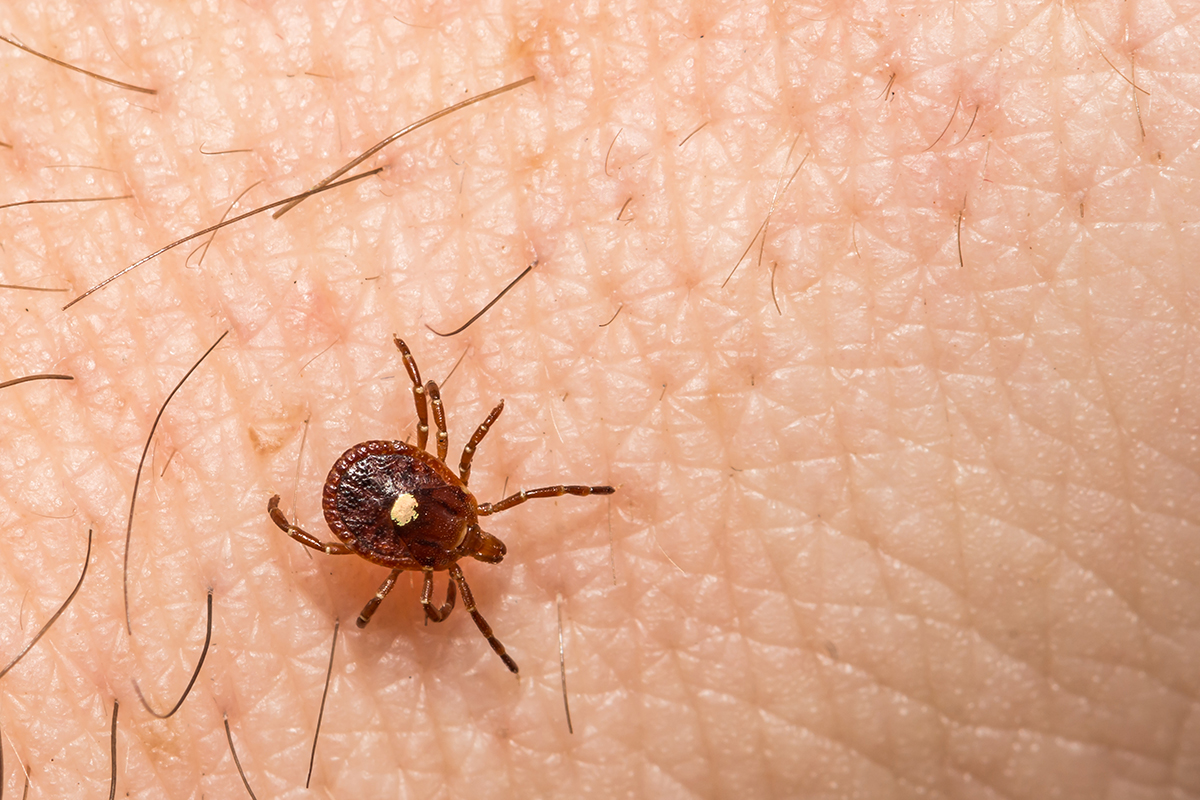Spring is getting serious in Northern Virginia, and that means more time enjoying the great outdoors. Unfortunately, it also means it’s time to watch out for ticks.
Kirsten Conrad, the Virginia Cooperative Extension‘s agriculture and natural resources agent for Arlington County and Alexandria, says it’s hard to know how plentiful ticks will be this season.
The warm winter may not help, but Conrad says deer overpopulation is the key factor.
Whatever the cause of tick populations, “You can pretty much count on them being active from now until November,” she says.
The first thing to know to protect yourself, Conrad says, is to avoid walking around overhanging branches and tall grasses. (If you’re walking on a trail, stick to the center.) Ticks thrive in warm, humid areas with plenty of vegetation to hang out in.
Conrad says that’s the perfect environment for “questing” by ticks.
“They climb to ends of grasses and wait for an animal to walk by,” she says.
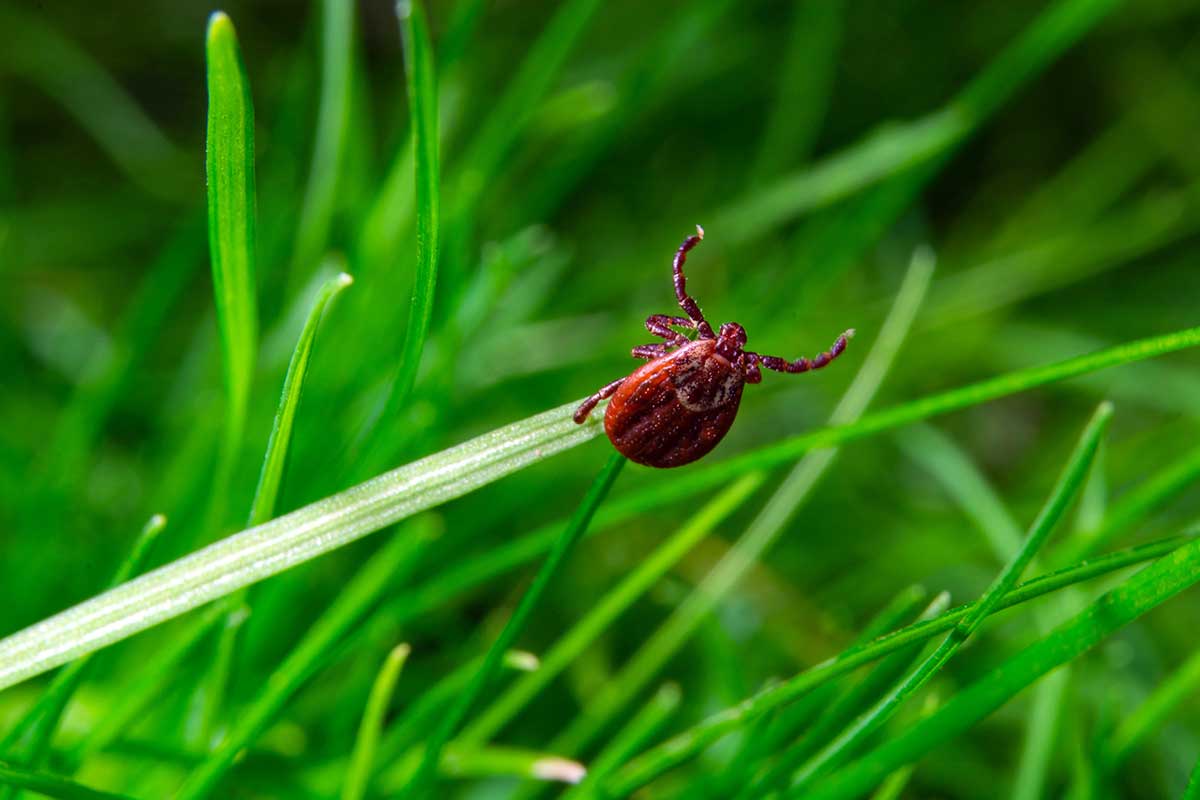
Protect yourself
When you do go out, Conrad says, wear white or light-colored clothing (it makes it easier to spot the ticks), tuck in your pant legs, and wear long sleeves fastened at your wrists. When you come in, check yourself for ticks, and have someone check your back and other areas you can’t see.
Repellents with the active ingredient DEET are effective; powdered sulfur is more natural and also works well. She says she has “no solid research” on other products such as cedar oil or oil of eucalyptus, but since they’re natural, they’re harmless, and could be worth a try.
If you have a backyard, clear leaf litter and keep the lawn mowed. If there’s a wooded area next to your property, you might want to make a mowed barrier or even a gravel barrier.
Conrad strongly advises against using a landscaping service to spray for ticks and mosquitoes. Most of those pesticides kill all insects, including beneficial pollinators.
What to do if you find a tick
If you do find a tick, don’t mess around, but also don’t freak out.
First off, Conrad says, remove the tick: Get some tweezers and grab it by the head. (Grabbing it by the body and leaving the head in doesn’t do anything for you.) Pull straight up — wiggle the tweezers around if you need to — and it’ll come out.
Then you’ll want to figure out how long it was attached — think about where you might have picked it up. And keep the tick for identification and testing: You can go to your local health department. The Master Gardener of Northern Virginia’s office, in Arlington’s Fairlington Community Center, is also open 9 a.m. to noon. While a photo is OK, having the actual tick is best.
Ticks and disease
There are three kinds of ticks in the area, Conrad says, and they’re no joke.
The black-legged tick (formerly known as the deer tick) spreads Lyme disease and anaplasmosis. The females are red and about an eighth of an inch long; the males are dark brown.
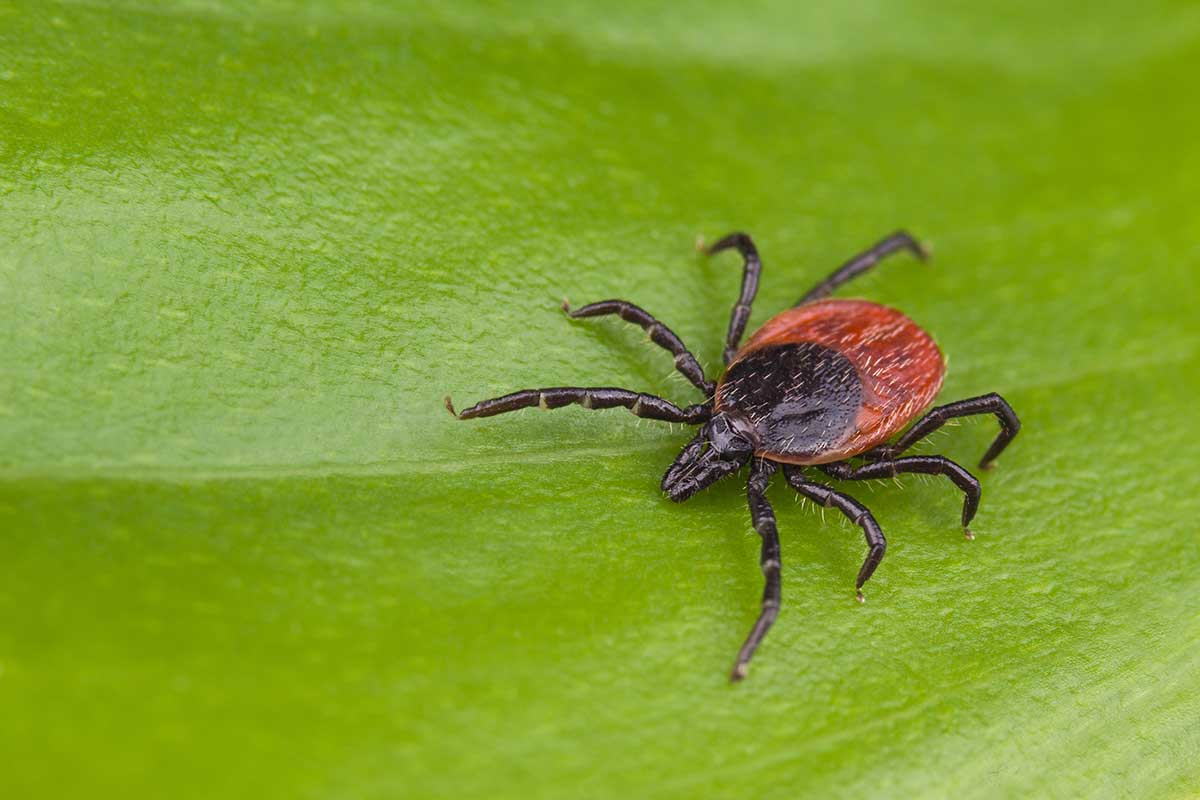
The Lone Star tick spreads tularemia and Erlichiosis; it’s reddish-brown and has a white or yellow spot on its back, and can cause alpha-gal syndrome.
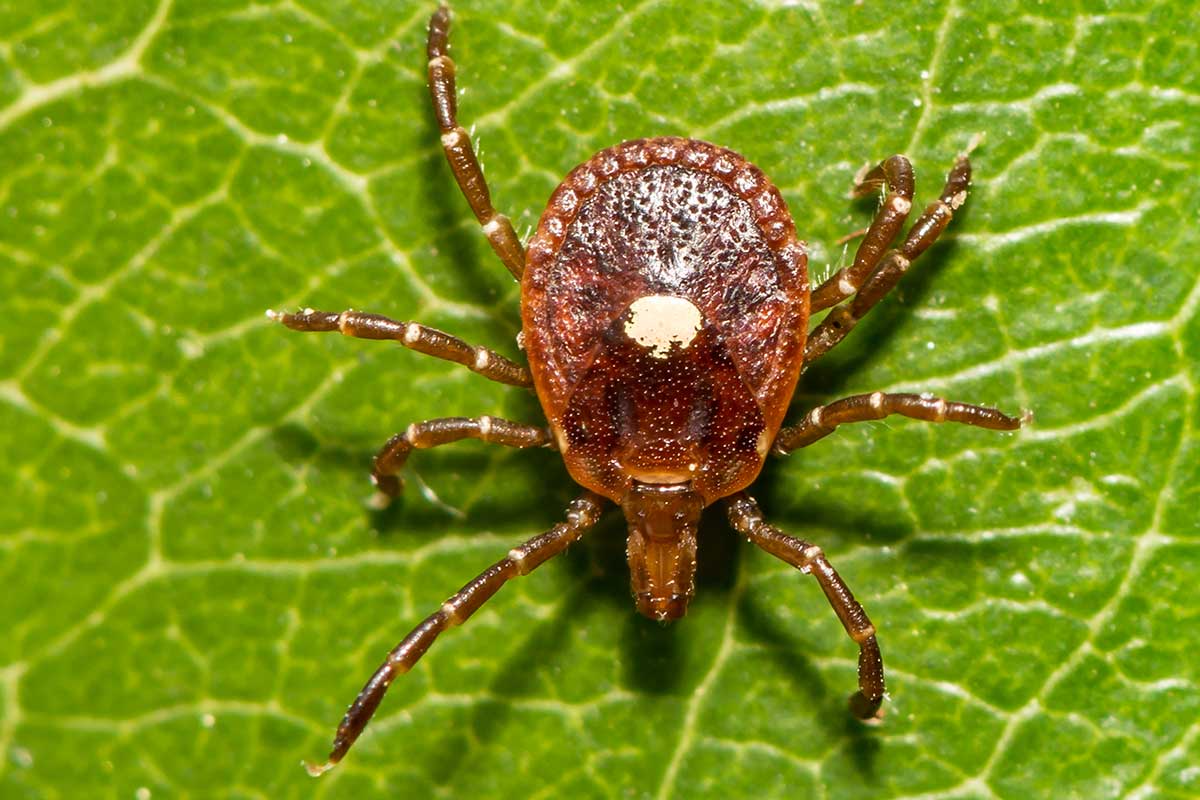
The dog tick is brown, and it spreads tularemia and Rocky Mountain spotted fever.
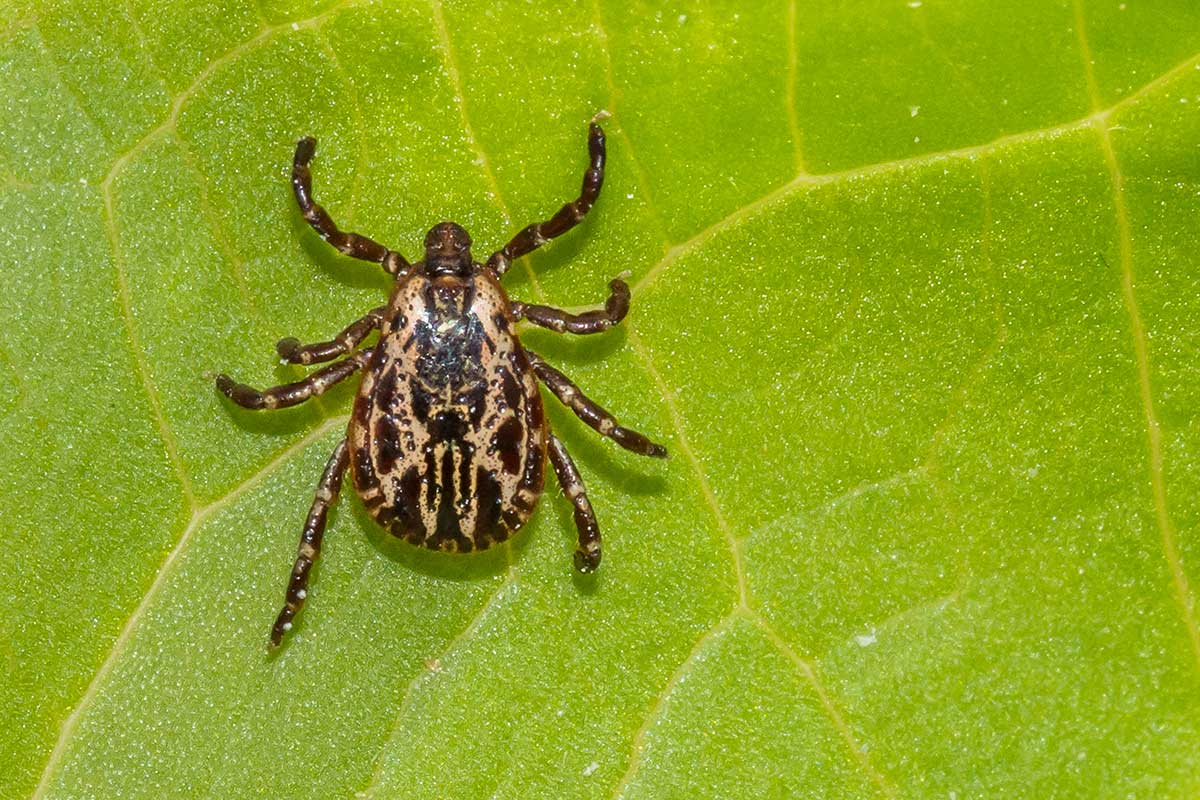
Lyme disease is the most common tick-borne disease in the area. The main symptoms are headache, fatigue, and fever. The characteristic bulls-eye rash is a dead giveaway, but the Fairfax County Department of Environmental Health said about 20 percent of people with the disease don’t get the rash, so if you start to feel the other symptoms, don’t be fooled. Left untreated, the disease can attack your joints, heart, and central nervous system.
But again, don’t freak out. Depending on the type, the tick needs to be attached for four to 24 hours before you get sick.
Conrad says she basically lived outdoors as a kid in Ohio. “I believe I’ve had dozens of ticks attached to me, and to my knowledge I’ve never had a tick-borne illness.”
For more stories like this, subscribe to Northern Virginia Magazine’s News newsletter.

